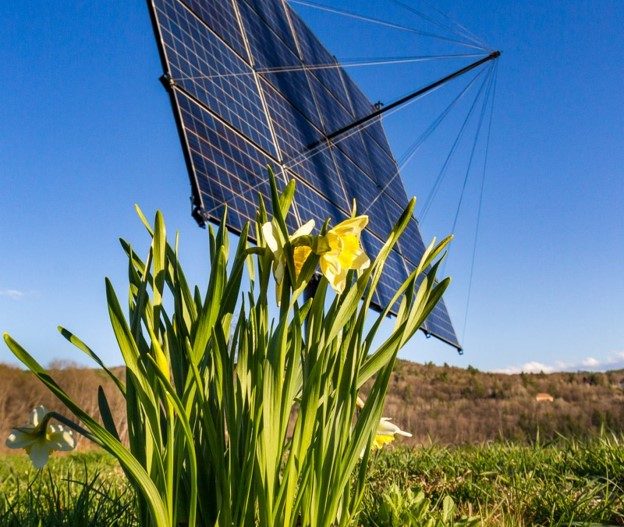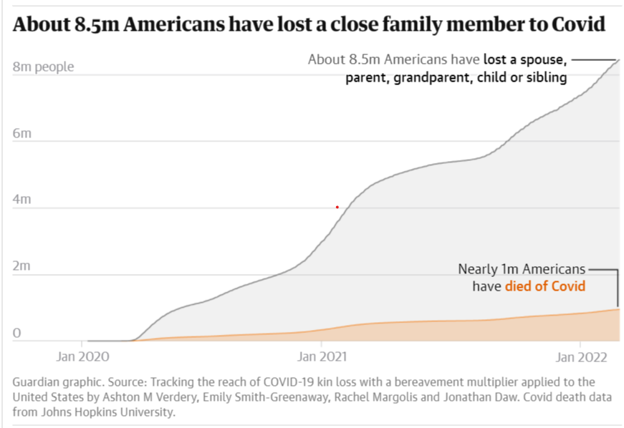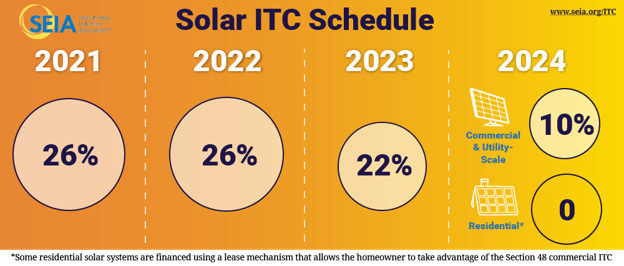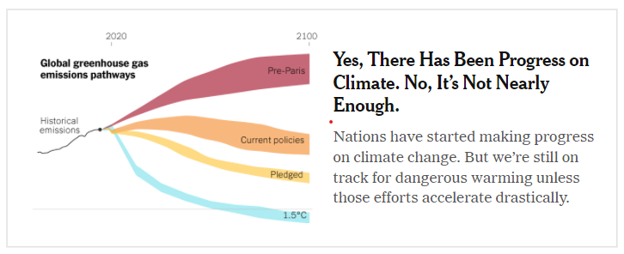
Spring has returned to New England, but somehow it feels different this year. On the plus side, our two-year ordeal with the coronavirus finally appears to be winding down. The economy is recovering with unemployment falling below 4%, our kids are back in school receiving in-person instruction, and everyday public attractions like music and sporting events are coming back to life.
No sooner have we emerged from this dark period, however, with nearly a million Americans lives lost to Covid, than Vladimir Putin has launched a savage and senseless invasion of Ukraine, casting another dark shadow over the future. With nearly one in three Americans already showing signs of anxiety or depression (compared to one in ten before the pandemic), this new crisis is compounding our general sense of malaise.

Hope springs eternal, however, so here’s hoping this spring brings some better news…!
Meanwhile, as we pivot from one global crisis to the next, what lessons can we draw in our ongoing battle against climate change — now knocking at our front door? As discussed in earlier posts when the pandemic first struck, and again last year, we see three enduring lessons:
1. Energy security starts at home
2. Safe investments pay you back
3. The climate crisis is a galvanizing force for change
Energy Security Starts at Home
During the pandemic, we turned our homes into safe havens where we could work remotely, home-schools our kids, and endlessly entertain ourselves playing video games and binge-watching TV. While it’s hard to say which of these trends will stick (remote work has dropped from 35% in May 2020 to just 13% in February 2022, for example), our homes now serve as a critical lifeline, provided they have constant access to power and the internet!
Solar power, especially when connected with battery storage, supports this kind of modern-day living – and the telecommuting trend that goes along with it. People are leaving urban centers to live in communities where houses are spaced farther apart, and stores, schools, offices and restaurants are almost always a car-drive away. That includes where we live, here in northern New England, which has already attracted its share of climate refugees from other front-line states.
Whether it’s storm-related power outages, cyber-attacks on the grid, or shelter-in-place emergencies, solar residences equipped with battery storage can now maintain safe, affordable and reliable access to electricity – and transportation, too, if there’s an EV charger hooked up in the garage. It’s no longer necessary to live close to urban centers and have constant access to the grid to live comfortably and securely in our region.

Solar Investments Pay You Back
Now that the war in Ukraine has sent oil and gas prices back to their highest levels since 2008, inflation is very much on the minds of most energy consumers. While some may argue it’s time to “drill, baby, drill,” that won’t solve our long-term energy problems here in New England or, for that matter, around the globe.
In any case, our current energy financing system is clearly out of whack. We take our home-grown energy dollars and send them to faraway states or even out of the country. In exchange, we get a big carbon footprint and are stuck with fuel and energy bills so volatile that they can ruin personal savings and place huge cost burdens on rural and low-income families.
Solar power offers much more stable, affordable, predictable and localized returns on such energy investments. Our Solaflect Trackers are designed to provide a quarter-century of carbon-free power generation. Depending on your utility provider and sun access at home, they pay you back in about 10 years (after factoring in the current 26% federal solar investment tax credit). For the remaining decade and a half of their service lives, our Trackers generate pure profit from clean sunshine – with no strings attached!
Even as these solar savings add up, they amount to the right thing to do for our country and the environment. Solar not only helps protect us from runaway climate change; now, with war brewing in Europe, it also boosts our nation’s security and energy independence. Best of all, these paybacks start immediately, not after some lengthy approval and start-up process that could take years.
Climate Crisis Still Awaits Us
During the coronavirus, we came to think of solar power as its own kind of vaccine that helps keep the earth’s temperature down. Now, as solar power becomes our least expensive energy source, maybe it will help cool off ongoing military conflicts as well. To wit, the more solar we inject into our global energy system, the better we can respond to the dual threats now being posed by oil despots and climate change, which are growing increasingly intertwined.

While Americans are still divided on the best course of future action, the vast majority are itching for change. Nearly eight-in-ten (78%) Americans say they are aren’t satisfied with the way things are going, and that strengthening the economy should be the top priority for the President and Congress in the year ahead.
Fortunately, there’s nothing that says a strong energy plan requires greenhouse gas emissions. Nor is it the case anymore that future renewable energy development requires government subsidies (though they still help!). Thanks to rapid technological and economic advances, market forces now are driving the green energy revolution forward.
That puts the power is in our hands to make a difference! Solaflect is your home energy management partner. We help you install clean and affordable solar electricity and home battery systems for a more resilient and climate-friendly future. For more information click here, email us at info@solaflect.com, or call (802) 649-3700.



